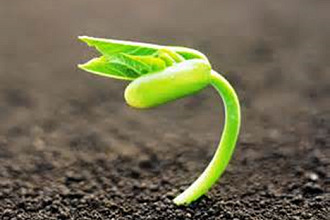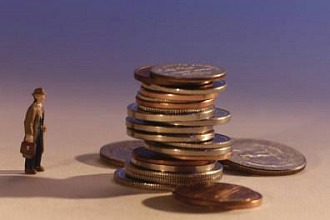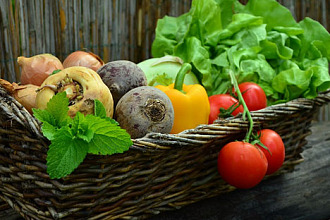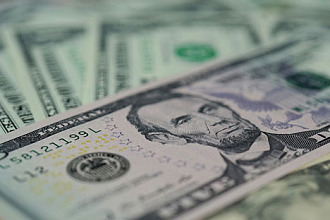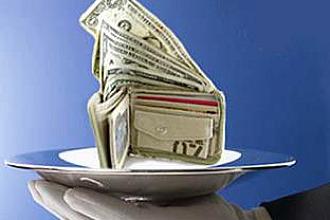5 reasons buying local is a good idea...
1. It supports local farmers. Farmers get to keep the majority of the profits they make at food stands and farmers markets, rather than sharing them with distributors and retailers.
2. You'll reduce your carbon footprint. The average produce in America travels 1,500 miles before reaching your dinner table, according to advocacy group Sustainable Table. Locally grown food only travels a few miles.
3. You'll waste less packaging. Local produce doesn't need heavy packaging for shipping. Less packaging means less waste.
4. The food tastes better. Nothing beats the taste of berries fresh off the vine.
5. It costs less. I just bought a flat of strawberries (12 half pints) for $8 at a food stand. Organic strawberries cost $3.50 per pint at my grocery store. I saved $2.17 per pint!
7 tips for buying locally grown foods...
1. Find a farmers market – then find another. My city has one large weekly market and six smaller markets throughout the week at different locations.
By shopping at more than one, I'm able to find different fruits and vegetables. LocalHarvest has a searchable database of farms and farmers markets by state.
2. Bring cash. The biggest farmers market in my area accepts Visa, but most farmers markets are cash-only.
Even if the farmers market has an ATM, bring cash – because you might have to pay the ridiculous "non-bank fee."
3. Shop in season. You'll save money by shopping in season.
Some farmers have year-round greenhouses so they can offer out-of-season produce, but you'll pay a premium for it.
In-season produce is the cheapest during peak harvesting times when everyone is competing with the same stock.
Keep in mind that not all produce is in season at the same time everywhere. You'll find the best prices if you know your regional seasons. The Field to Plate website has an excellent guide for produce seasons by state.
4. Show up late. If you're fashionably late, you won't get the best selection, and some produce may already be sold out.
But you will get killer deals.
Toward the end of the day, many vendors start slashing prices so they don't have to lug all the leftovers back to the truck – and let's face it, this stuff doesn't have a long shelf life.
Use that to your advantage.
5. Shop in the rain. Outdoor farmers markets don't do well in any kind of bad weather, even a light drizzle.
If the weather is bad, the vendors have fewer customers – making them way more willing to offer you a deal.
I once got two flats of Satsumas for the price of one because a storm rolled in, and the vendor hadn't made his quota for the day.
6. Comparison shop. When I shop the farmers market, I make a quick sweep around the aisles before I start buying anything.
Since vendors can set their own prices, you might find a better deal a couple of booths down. The differences can be substantial for the same stuff.
7. Ask for a deal. It doesn't hurt to ask, especially if you frequently buy from the same farm or want to buy a large quantity. Just be fair about it.
If the vendor wants $9 for a flat of blueberries, don't try to get them for a buck. If you're easy to deal with, the vendor will remember you – and fond memories lead to better deals on your next trip.
Originally from here
Posted on Shalom Adventure by: Jeffrey Alan







